
|
|

|
|

|
1.
Toulouse
(UPS-CNRS) Klaus Frahm and Dima Shepelyansky (network coordinator)
2.
Toulouse (INP-IRIT)
Katia Jaffres-Runser (node leader)
3. Besancon
(UTINAM CNRS) Jose Lages (node leader)
4. Paris (Inst Curie) Andrei Zinovyev
(node leader)
Project period March 1, 2016 - December
31, 2016; extended till 31 Dec 2017
On the scale of the past ten years, modern societies have developed enormous communication and social networks. Their classification and information retrieval becomes a formidable task for the society. Various search engines have been developed by private companies which are actively used by Internet users. Due to the recent enormous development of World Wide Web and communication networks, new tools and algorithms should be invented to characterize the properties of these networks on a more detailed and precise level. It is also highly important to have new tools to classify and rank enormous amount of network information in a way adapted to internal network structures and characteristics. The project will develop new algorithms to facilitate classification and information retrieval from large directed networks, including PageRank and CheiRank with two-dimensional ranking proposed by partners, using newly developed Monte Carlo methods. The Google matrix formed by the links of the network will be analyzed by analytical tools of Stochastic Processes, Random Matrix Theory and quantum chaos and by efficient numerical methods for large matrix diagonalization including the Arnoldi method. New tools and algorithms produced by the project will create fundamental basis for developers of new types of search and social media services, which will put Europe on leading positions in this important area dominated at present by other countries. Project tools will find applications in modern networks, including mobile communication networks which will play more and more important role in future. New characterization of complex networks will allow stakeholders to manage information extraction for social networks, communication and other networks in an efficient and rapid way. Applications to omics networks will be developed.
WP1 - Networks of multiproduct world trade
WP2 - Multilingual Wikipedia networks
WP3 - Mobile directed networks
WP4 - Omics multifucntional networks
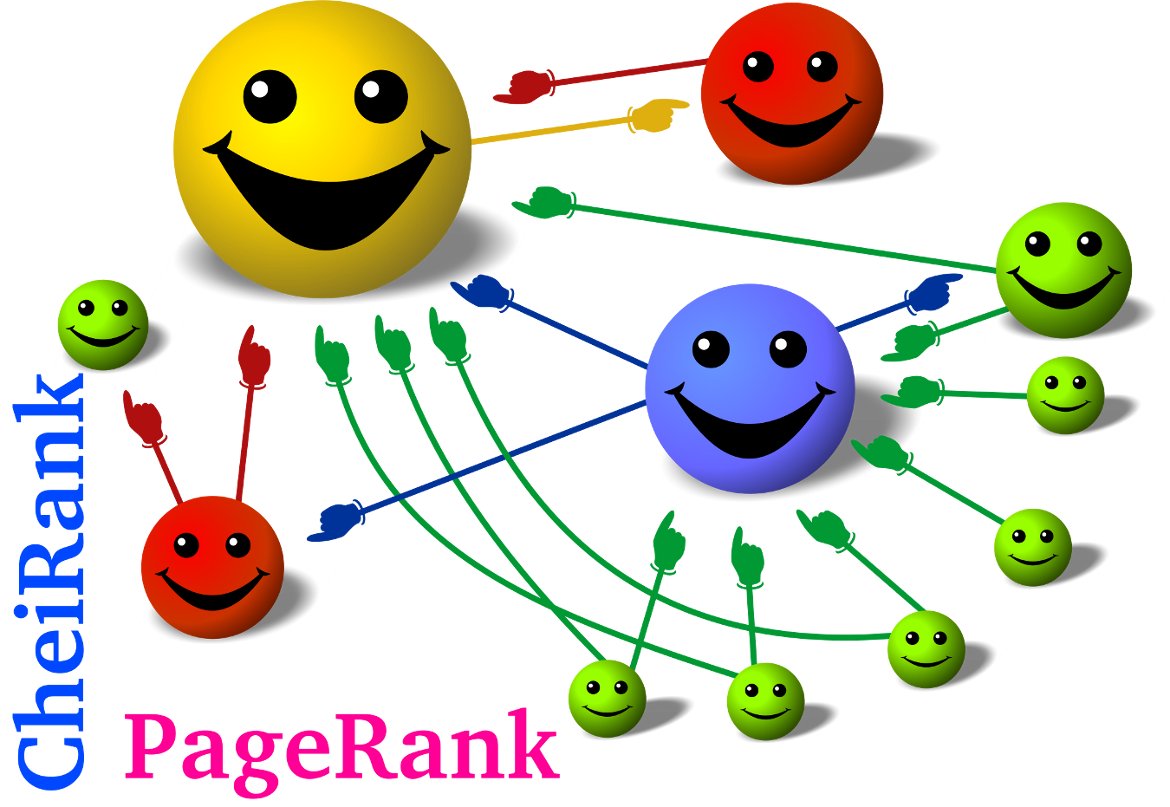
|
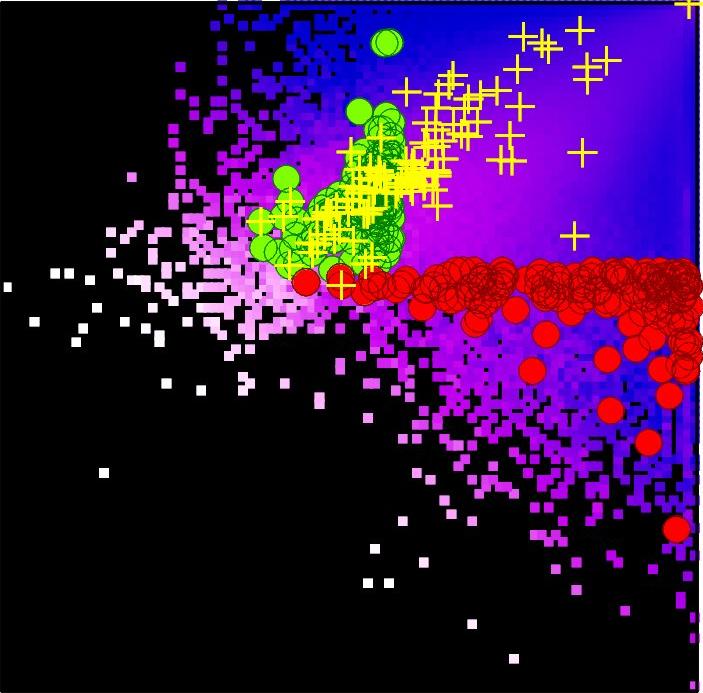
|
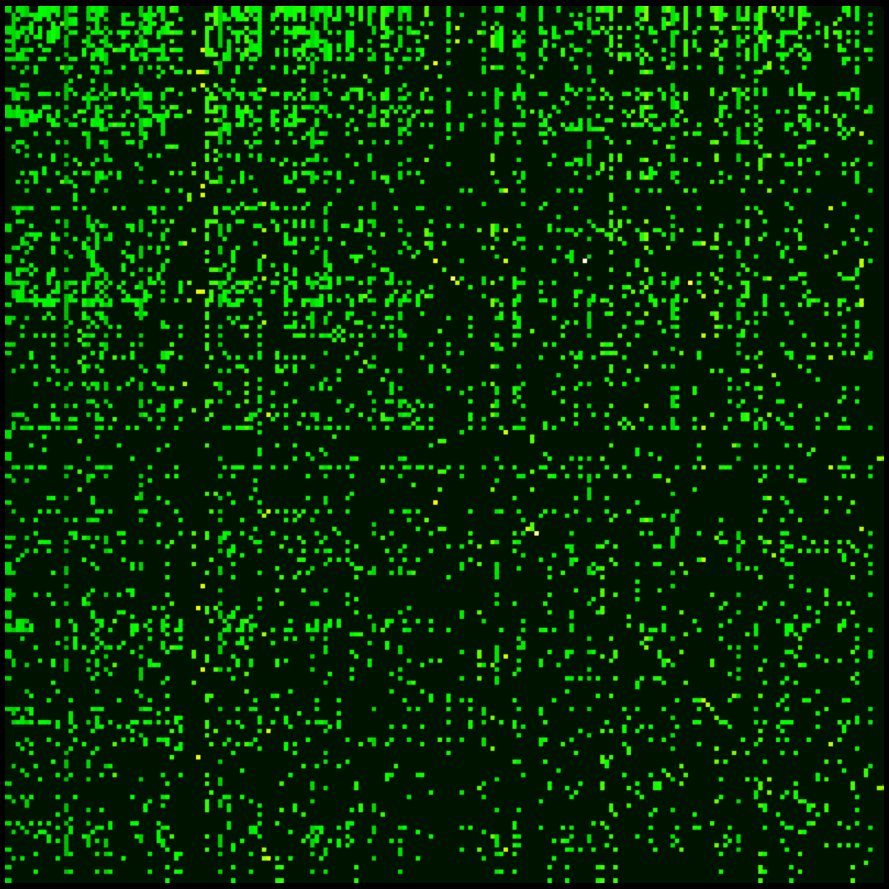
|
Left: nodes on PageRank-CheiRank plane; Center: Wikipedia articles on 2DRank plane; Right: Google matrix of Wikipedia for first 200 PageRank nodes
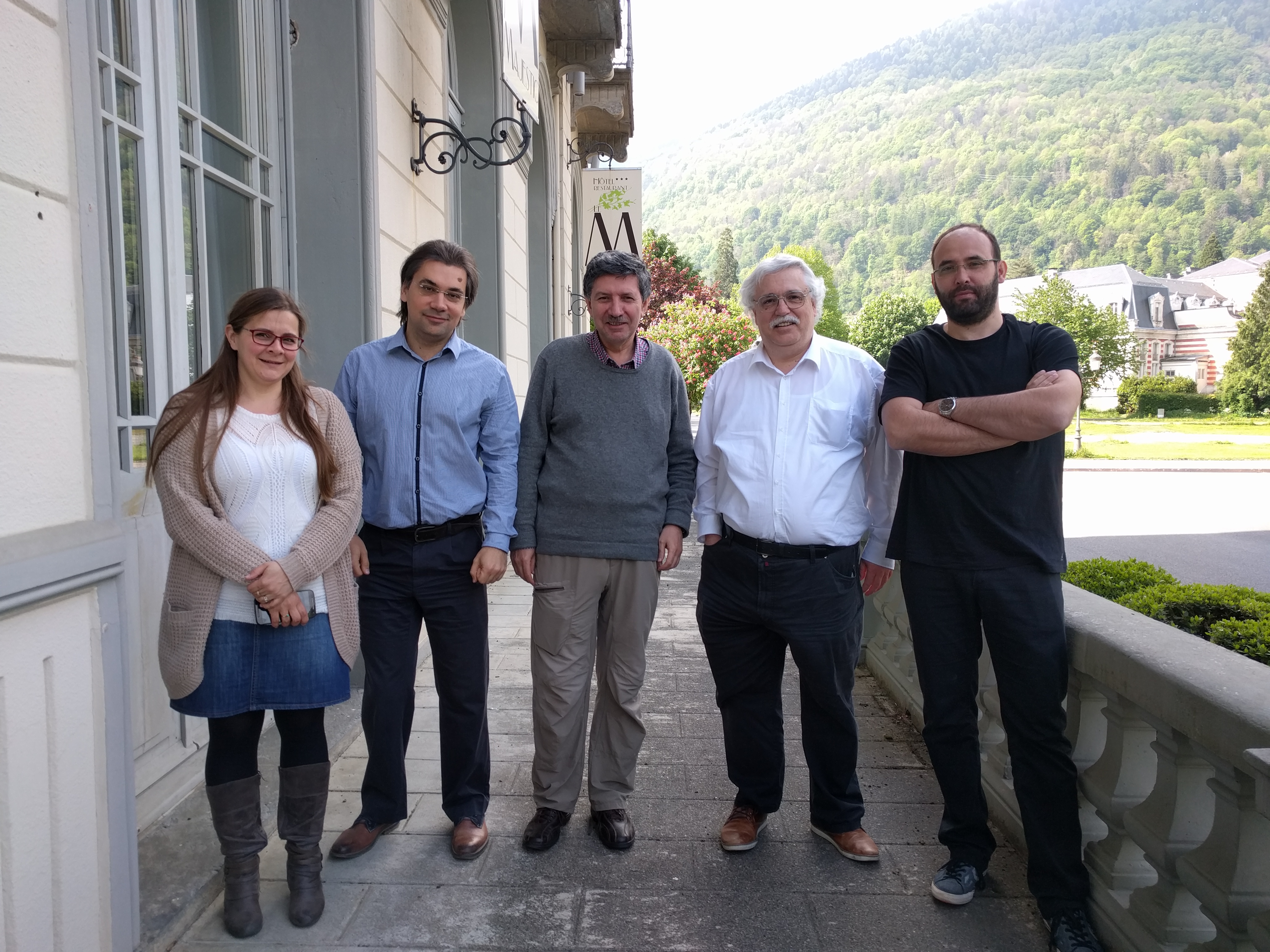
|
Majestic partners: Katia Jaffres-Runser, Andrei Zinovyev, Dima Shepelyansky, Klaus Frahm, Jose Lages (Luchon meeting 14-18 May 2016; left to right)
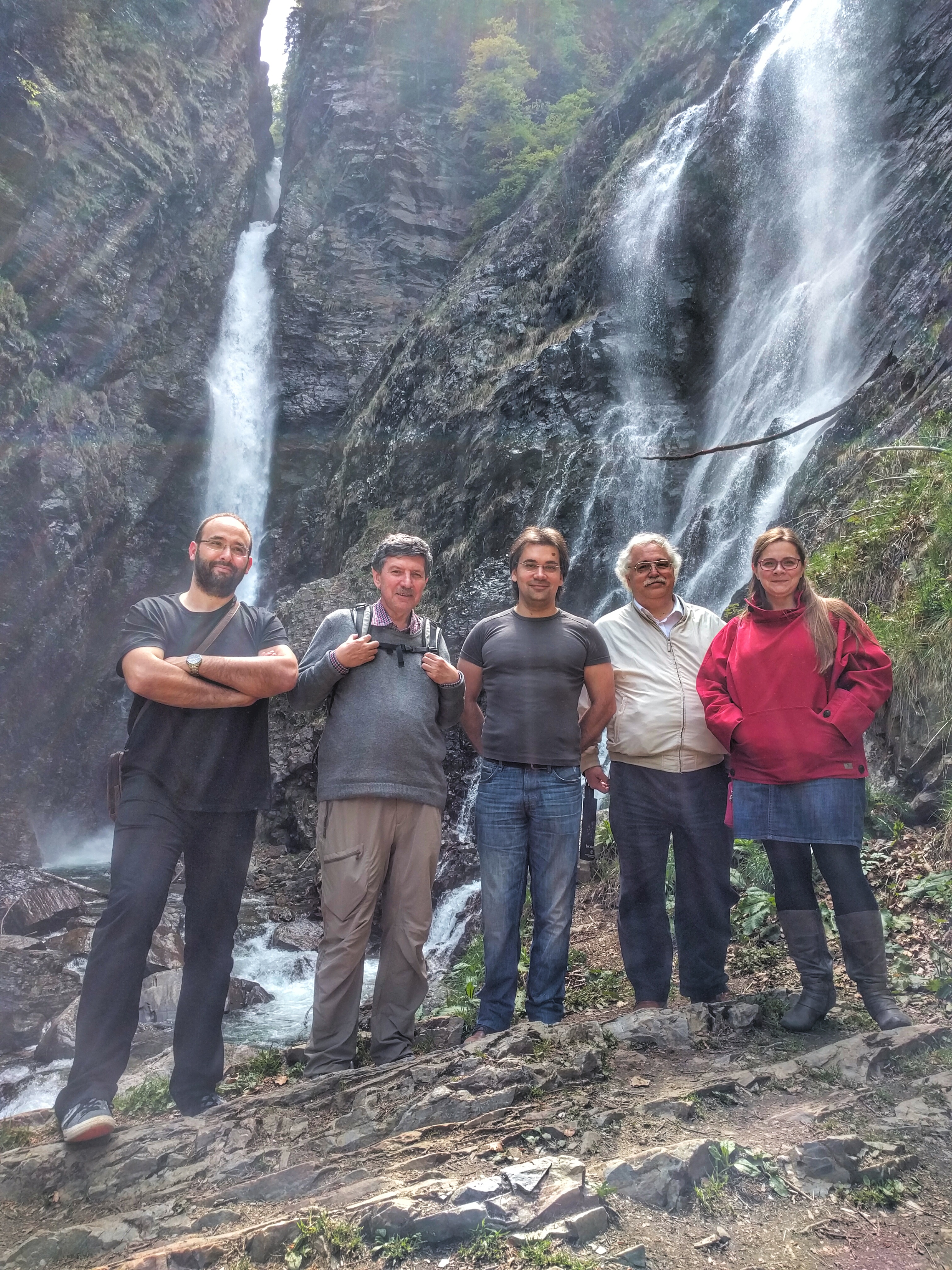
|
Partners d'enfer: Jose Lages, Dima Shepelyansky, Andrei Zinovyev, Klaus Frahm, Katia Jaffres-Runser (Luchon meeting 14-18 May 2016; left to right)